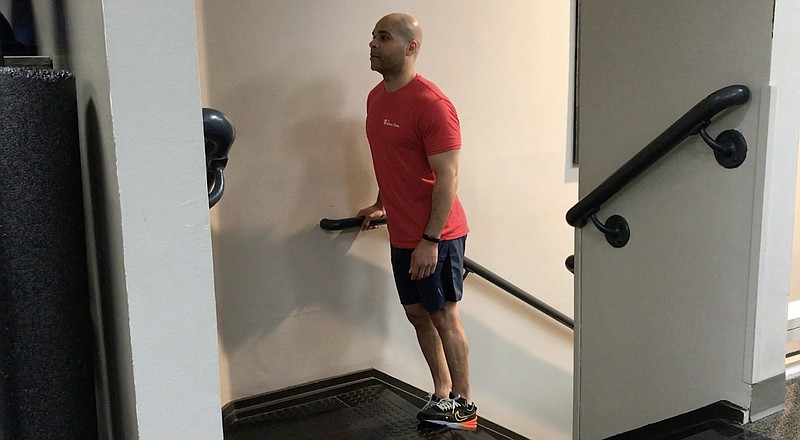Self-propulsion is a critical aspect of general mobility, particularly for those living in more urban environments where community walking is necessary.
Too much body mass can hurt one's ability to remain mobile, and the nation's still rising rates of obesity are concerning both in terms of mobility and general health.
After age 30, the average American gains about a pound per year. While gaining weight is not an absolute certainty, it's so common that it must be considered from an epidemiological perspective. With increased body mass come mobility challenges, particularly when body mass index reaches and exceeds 30. For those who aren't sure of their body mass index, here's a handy dandy link to the National Institutes of Health calculator: arkansasonline.com/327bmi.
About 42% of the U.S. population falls into the "obese" category, meaning they have a body mass index equal to or greater than 30. It should be acknowledged that the formula can skew high for people with a large amount of muscle mass. By and large, this is rare and applies mostly to bodybuilders or athletes. For the rest of us, BMI presents a good opportunity to evaluate our general body weight in relationship to our height.
Anyone who has gained weight later in life understands the associated mobility challenges -- including me. Stairs are more difficult, walking speed decreases and uneven surfaces can present a dangerous fall risk. These factors hurt people's ability to navigate around their homes and in their communities.
Outside of weight management, there are some key activities that can improve mobility. Lower body strength is a huge key, because the legs are the support system that holds the mobility chain together. Squats, step-ups and leg extensions are some great exercises that can improve lower body stability.
But it's also important to train for agility. For some clients, I've set up little obstacle courses using small orange cones. The goal is to move through the cones as quickly as possible while maintaining balance.
Calf strength and flexibility are also key, particularly because the risk for sustaining Achilles injury increases with age. This week's exercise is a great way to maintain calf and Achilles strength in a very low risk, controlled environment.
[Video not showing up above? Click here to watch » arkansasonline.com/327calf/]
1. Find a staircase and place your right forefoot on a step while holding the railing for support.
2. Lift your left foot off the floor.
3. Allow your right heel to drop below the step until you feel a good stretch in the calf muscle.
4. Once that happens, press up a few inches until you're about halfway through the repetition.
5. Lower the right heel back down into the full stretch position.
6. Finally, press all the way up on the right toe. That's considered one repetition.
7. Do five of those, then switch legs.
8 Perform two sets on each side.
I love this exercise because it's approachable for people of all fitness levels and experience. Strengthening the calves and Achilles tendons allows one to feel more stable, secure, and should improve mobility over time. Let's get to work!
Director of business development and population health solutions for Quest Diagnostics, Matt Parrott began this column Jan. 6, 2003, at Little Rock. He has a doctorate in education (sport studies), a master's in kinesiology and is certified by the American College of Sports Medicine.

